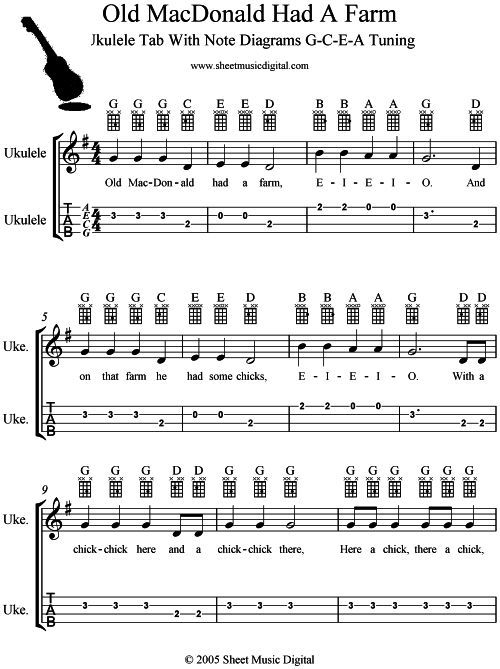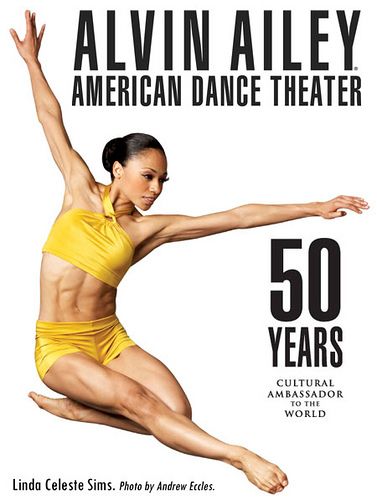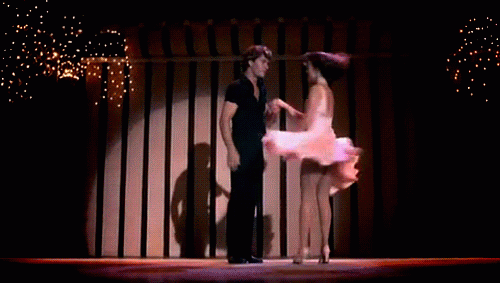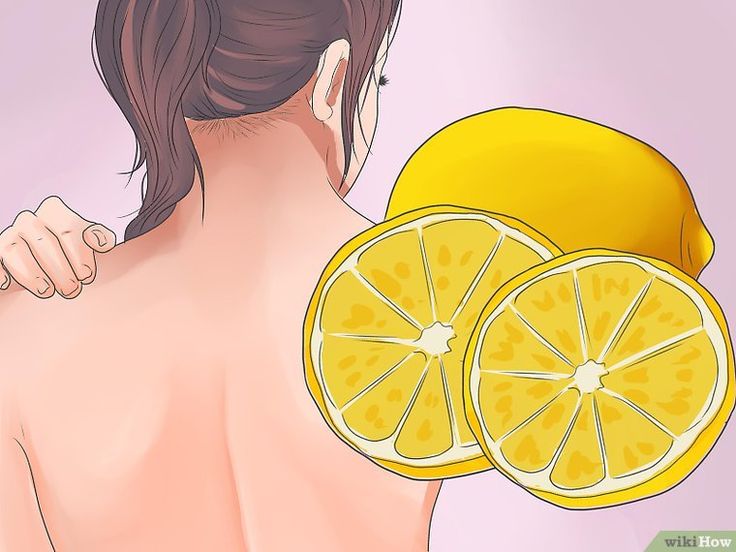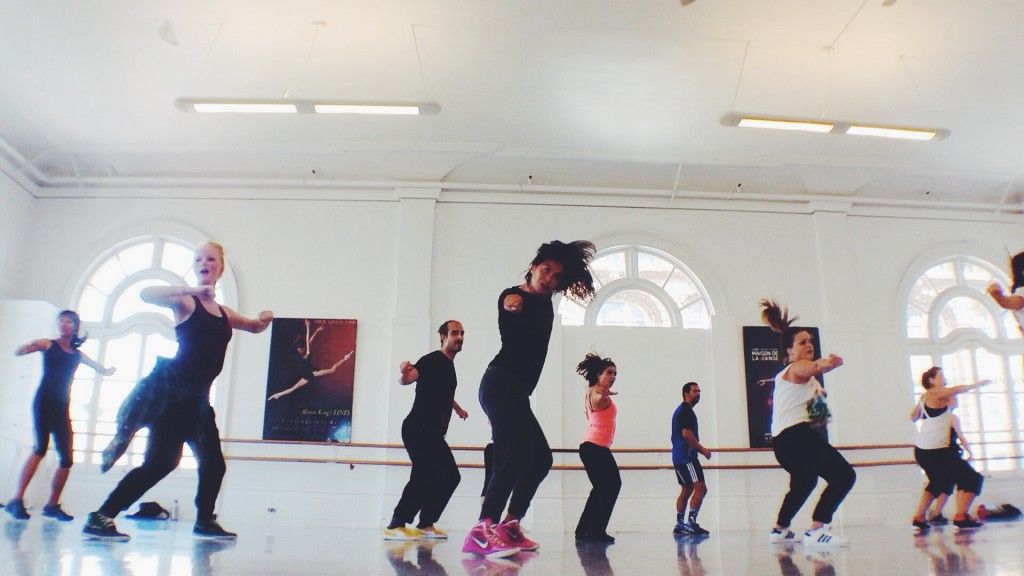Greek dances and how to do them
The Most Famous Greek Dances (video)
1. Sirtaki
Sirtaki (also called syrtaki) is arguably the most famous Greek dance to the non-Greeks. It owes its reputation to the movie “Zorba the Greek” (1964) with Anthony Quinn. The eminent Greek composer Mikis Theodorakis created this dance by alternating slow and fast steps of two famous Greek dances, Hasapiko and Hasaposerviko. Thus, Sirtaki was born and took its baby steps on the big screen! The rest is history… Today, it is one of the most famous and fun Greek folk dances, raising the spirits every time. To dance it, place your arms on your neighbors’ shoulders and form a line or a circle.
2. Ikariotikos
Definitely one of the most beloved dances in Greece, Ikariotikos is a very exciting and fun dance. It is part of the “Nisiotika”, the dances that come from the Greek islands (‘nisi’ means ‘island’ in Greek), and specifically from the island of Ikaria. The dance has three different stages. It starts with a slow pace, then moves to the second stage where the pace quickens. Finally, in the third stage, the pace becomes even faster and everyone needs to move in complete synchrony in order to manage the dance. The faster the pace, the more fun it is, so it is not surprising that this is one of the most famous Greek traditional dances. It is performed in a line or a circle and the dances hold hands at shoulder height.
Greek Dance Lesson in Athens
3. Kalamatianos
Another very popular folk dance in Greece. It derives its name from Kalamata, the city of the Peloponnese peninsula.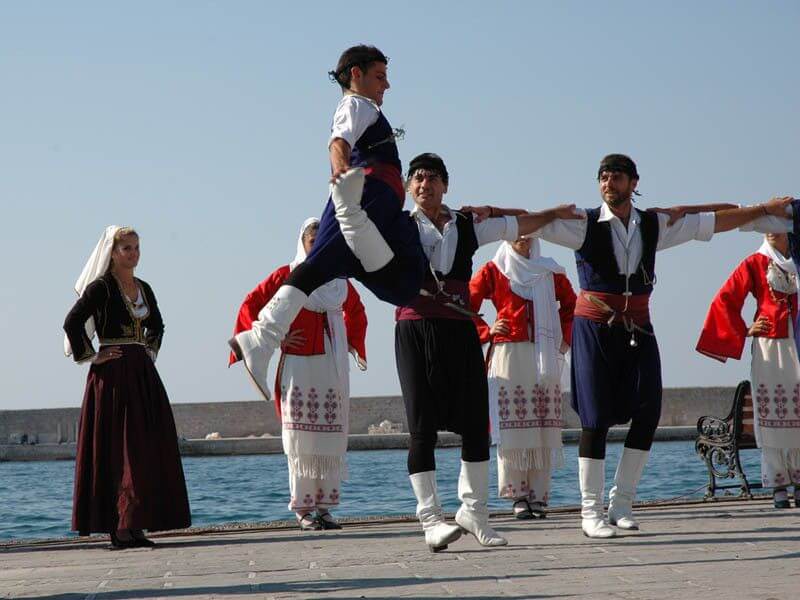 Nevertheless, it is well-known all over Greece and is established as a Pan-Hellenic traditional dance. Kalamatianos dance is also performed in a line or a circle, with dancers holding hands. Its roots can be traced in Greek antiquity, all the way back to Homer!
Nevertheless, it is well-known all over Greece and is established as a Pan-Hellenic traditional dance. Kalamatianos dance is also performed in a line or a circle, with dancers holding hands. Its roots can be traced in Greek antiquity, all the way back to Homer!
4. Hasapiko
Mikis’ inspiration for creating the Sirtaki. Hasapiko is a traditional Greek dance that has its roots in the city of Constantinople. Its history goes all the way back to the Middle Ages when butchers performed battle dances with swords. Thus, the name of the dance (‘hasapis’ means ‘butcher’ in Greek). Just like the Sirtaki, Hasapiko is performed in a line or a circle, with the dancers placing their arms on their neighbors’ shoulders. Hasapiko progresses from a slow to a faster pace.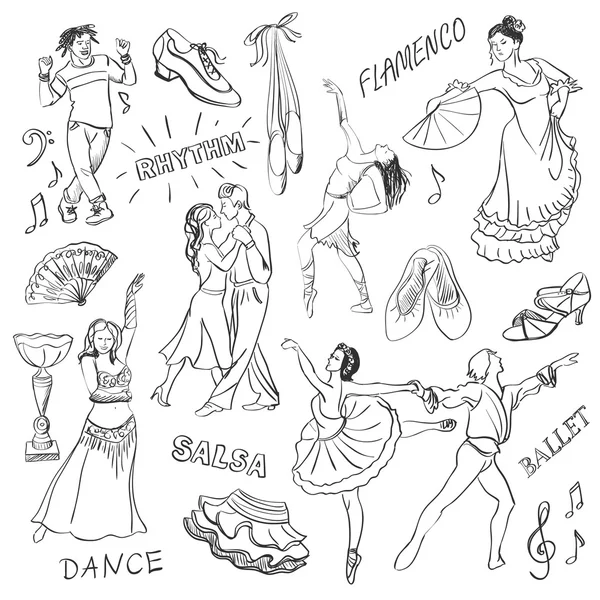 The faster-paced version is called Hasaposerviko.
The faster-paced version is called Hasaposerviko.
Hint! Are you visiting Greece and Athens soon? Take the opportunity and enjoy a Greek dance lesson at the heart of the city, from a qualified teacher! Dance your heart out and learn all about the spirit of the Greek dances by experiencing it yourself.
5. Tsamiko
This Greek fold dance has been characterized as Pan-Hellenic, although it isn’t popular in the Greek islands. Its roots are traced in the movement of the ‘Klefths’ during the Greek Revolution in the early 19th century. The Klefths were anti-Ottoman, warlike mountain-folk who lived in the countryside when Greece was a part of the Ottoman Empire. Originally, only men performed this dance. Today, women join as well. When this happens, it usually includes a ‘double banister’, with men dancing in the outer circle and women in the inner.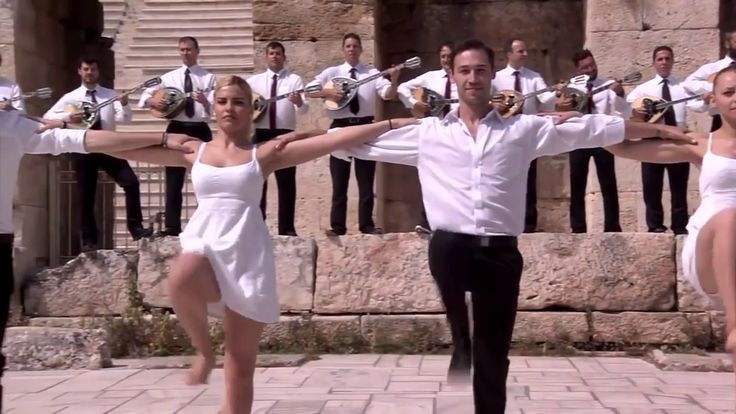 Alternatively, there is one circle with one male dancer followed by a female and so on. Tsamiko can be danced by the whole group (that is, everyone performs the same steps-movements) but also individually, where the first dancer does a solo, improvising and expressing himself.
Alternatively, there is one circle with one male dancer followed by a female and so on. Tsamiko can be danced by the whole group (that is, everyone performs the same steps-movements) but also individually, where the first dancer does a solo, improvising and expressing himself.
6. Pentozali
The Pentozali is a very enthusiastic, war dance. It is the dance of revolution. Directly connected with the history of Crete and its people's liberation fight. Nothing in this dance is accidental. Every part (from the music to every step of the dance) is symbolic of their fight for freedom. It is danced in a line, with the lead dancer performing various moves, while the other dancers follow with the basic steps.
7.
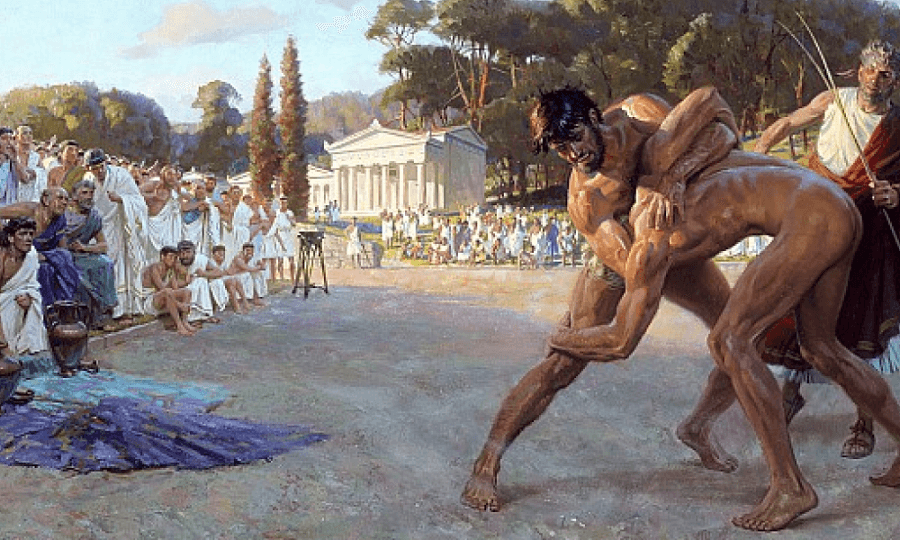 Sousta
SoustaAnother Cretan dance, Sousta is another very famous traditional Greek dance, now being performed all over Greece. It is a love dance, with the man and woman dancing facing each other. First, the dance begins in a circle with a hand grip from the palms and the elbows bent. Then, the circle begins to dissolve and the two opposite scales come face to face. Sousta seems to be the ancient dance that was called "Pyrrhichios" but with the entry of women into the dance, its nature changed and from warlike it became purely erotic. The dance consists of small steps that are done on the spot or moving slightly forward, backward, right and left, with the addition of side steps and other variations. Two good dancers can easily perform a love story from the beginning to the end.
8.
 Zeibekiko
ZeibekikoThis is a dance completely different from the above. This is performed by one dancer at a time and it does not exactly have specific steps to follow. It is a free dance and it depends on the character of each dancer. Improvisation is a valuable skill here and, although slow in pace, it has a strong intensity. It used to be a dance for men only but today everyone can dance to it. Each dancer has his own figures with which he expresses himself. Also, each dancer dances to only one song, only once. Many times it is his own, specific song and not a random one. Traditionally (and this remains a strong custom in some areas of Greece even today), when someone is dancing no one else is allowed to interrupt or disturb him, or dance with him in the same place.
Greek Dance Lesson in Athens
Hint! If you are visiting Athens any time soon, book a Greek dance lesson and learn how to dance some of the above Greek dances.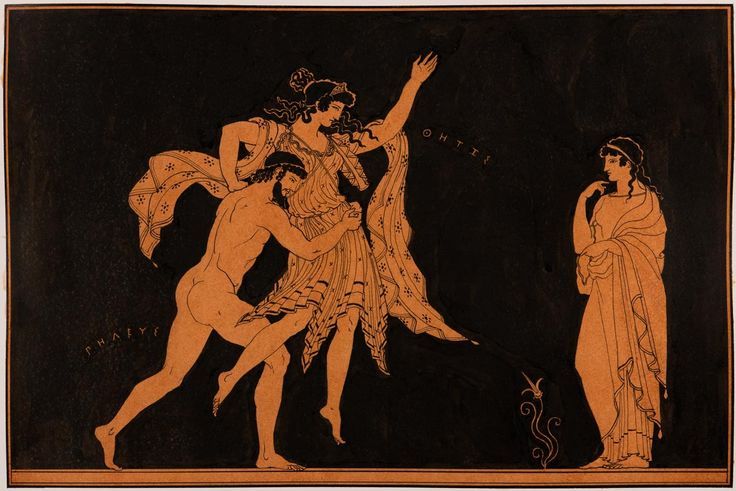
About the author: Our team at Greek TravelTellers consists of academics and lovers of Greek culture. Our vision is to convey our knowledge and Greek values through unique tours and experiences. Through our blog, we hope to bring Greek history and culture closer to you. Feel free to learn more about us.
Learn An Easy Greek Traditional Dance!
Ancient Greeks believed that dance is the gift of the Gods to humanity.
Contemporary folk dances date all the way back to Ancient Greece and are thus often referenced by authors like Plato, Aristotle and Plutarch.
It is summer, and we are in the mood to dance…However, in outdoor non-crowded places, and without holding hands, due to the ongoing Covid situation..
Τι να κάνουμε!
Greece has a very wide spectrum of folk dances that vary from one place to another; there is no specific number, but experts suggest that there are more than 4000 of them.
Quite an impressive number considering the size of the country! The dances are informed by each location’s traditions mentality beliefs and history – may that be mainland Greece or one of its numerous islands.
Traditional Greek dances have a primarily social function. They bring local communities together; they are the highlight of key annual celebrations such as Easter celebrations and
summer festivals as well as important moments in people’s personal lives such as weddings, birthdays, etc.
It’s quite common for modern Greeks to learn at least a few traditional dances as children or teenagers either at school or at independent dance schools since it is seen as a way to
pass the traditions from one generation to another.
Most of the Greek traditional dances, are not so difficult to learn, and you do not need to be athletic or a dancing type in order to learn the steps.
However, for foreigners, it is often more complicated than it looks, due to the different rhythms in the music, than we are used to in other European countries.
So you often need to get used to the rythm first, before your feet will follow your mind 🙂
One of the easiest dances to learn for foreigners, is the “xasaposervikos”, since it has a simple rhythm, very close to music Europeans or North Americans are used to in their countries.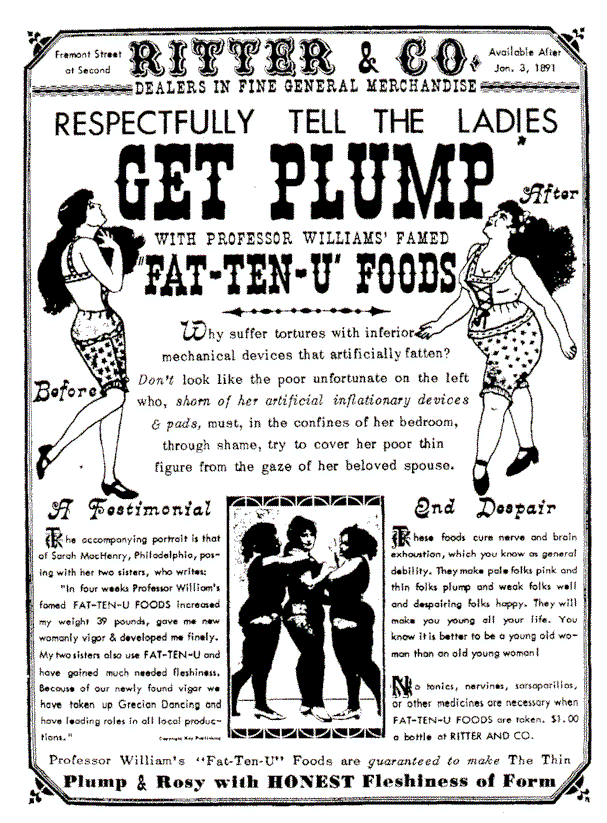
Α small introduction to the “xasaposervikos” dance:
Xasaposercikos, also called hasaposervikos or servikos, is a traditional Greek dance with simple basic steps that are repeated throughout the song.
As a result, it’s good for beginners, but do not be fooled – it’s a quick one!
The tempo of the dance is 2/4 and it has been influenced by the music traditions of other Balkan countries and Eastern Europe, such as Serbia, Romania and Bulgaria.
“Servikos” is the Greek word for Serbian after all.
People of all these nationalities would travel from one big urban center to another as well as to the coast for Asia Minor for professional purposes.
Wandering musicians, many of them being Gypsies, would also travel to these places and they would experiment with the different music and dances of the areas they visited. In Greece, hasaposerviko bloomed
and became more defined under the influence of rebetiko music.
The dancers hold on to each other in a shoulder-hold and, starting with the right foot, they make three steps to the right.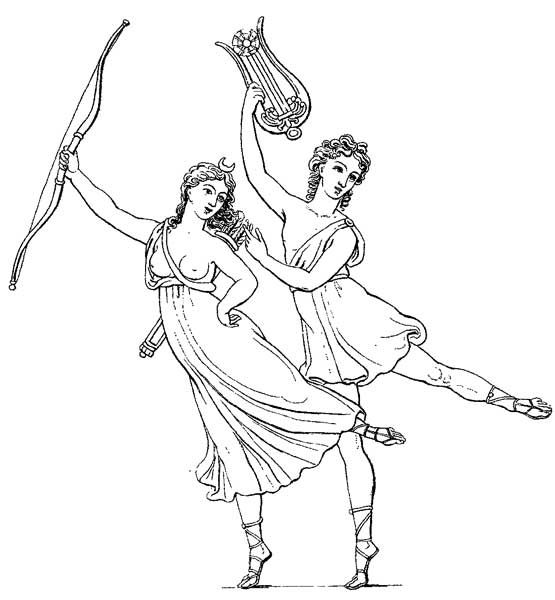 Then, they kick the left foot forward, step down to the left and kick out with the right foot.
Then, they kick the left foot forward, step down to the left and kick out with the right foot.
Below some songs that are a good indication of hasaposervikos music and tempo:
• Είμαστε Αλάνια
• Είμαι Ερωτευμένος με τα Μάτια Σου
• Στην Σκέψη της Τρελή
Do you think it is difficult to dance?
Do not worry, you can do it as well! Take a look at the video below, where foreigners from every corner of the world, dance the xasapikoservikos 😉
Greek dances (part 2) - Moscow Society of Greeks
March 31, 2018 Dance is an opportunity to express your soul in plastic. Movements, postures of the performer tell about his feelings and experiences. Folk dance is the ancestor of all other types of this art. Each locality has its own rhythms, movements, postures, costumes, and so on. Greek dances in their homeland are so popular that they are danced even in discos. They are even taught to tourists who have come to rest.
Greek dances in their homeland are so popular that they are danced even in discos. They are even taught to tourists who have come to rest.
Igor Semenikhin - Sirtaki
Greek dances
Let's get to know them better. Greek dances are popular not only among the representatives of this people themselves, but in many other countries they are danced with pleasure. Greek music and dance are studied in many European and American universities. And even performed live by ensembles using bouzouki . This is a Greek folk instrument, similar to a mandolin, which can be easily combined with any other: accordion, guitar, piano, and so on. Its sound is modest and languid.
In Greece, there was a huge number of dances - more than 200. They were divided into 5 groups: ritual, sacred (performed during the sacrifice), stage, domestic and civil (they were danced at public holidays). In ancient Greece, dance was considered a gift from the Gods, which combines spiritual and physical beauty.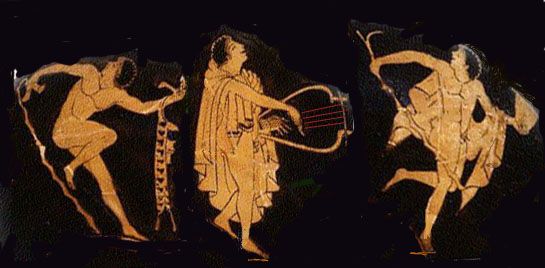 The muse of Terpsichore is designed to teach the soul and body to combine correctly with each other.
The muse of Terpsichore is designed to teach the soul and body to combine correctly with each other.
Sirtaki (from the Greek συρτάκι - touch) is a popular dance created in 1964 for the film Zorba the Greek. It is not a Greek folk dance, but is a combination of slow and fast versions of hasapiko , an ancient warrior dance. The sirtaki dance, as well as the music for it, written by the Greek composer Mikis Theodorakis, is sometimes called the "Dance of the Zorba". The choreographer of the film and, in particular, the dance of Zorba and Basil in the final scene, was Yorgos Provias.
After the release of the film, Sirtaki became the most popular Greek dance in the world and one of the symbols of Greece.
Sirtaki dance, standing in a line or, more rarely, standing in a circle, and putting their hands on the shoulders of their neighbors. The meter is 4/4, the tempo is increasing, and often in the fast part of the dance the meter changes to 2/4. Sirtaki begins with slow, smooth movements, gradually turning into faster and sharper ones, often including jumps and jumps.
Sirtaki begins with slow, smooth movements, gradually turning into faster and sharper ones, often including jumps and jumps.
Khasapiko (Greek χασάπικο; "butcher's dance") is a Greek folk dance that previously had ceremonial and applied significance and was performed as a military ritual.
According to the common version, the hasapiko is a military dance performed by selected units of warriors of the Byzantine era, called cassapides. The steps of the dance were very simple and consisted of the following: the warrior entered the battlefield and tried to destroy all the enemies. In other words, these "dancers" were chosen warriors who repeated their actions on the battlefield. These warriors danced the kassapiko at the festivals, and this distinguished them from other units.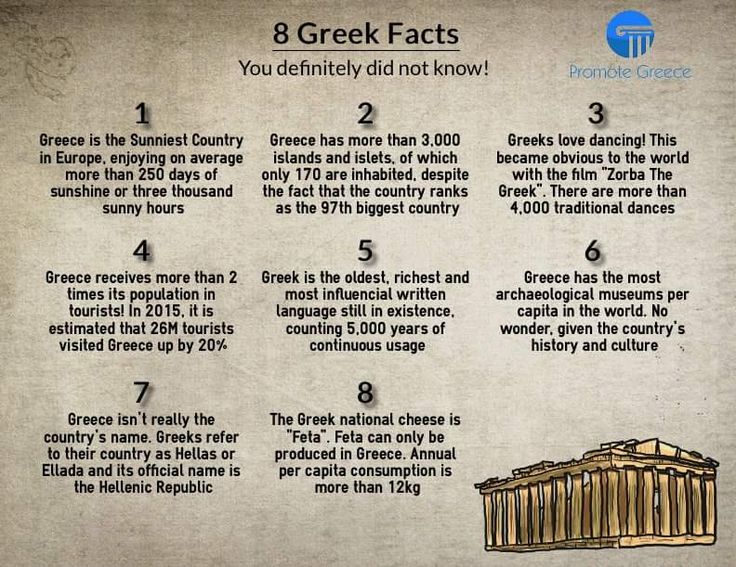 Then in the Greek language in the name of the dance one letter “s” left and “k” changed to “x”, and thus the dance of hasapiko appeared. The butcher in Turkish is “kasap”, and in Greek “makelarios”, thus in Greece the dance began to be called “makelarikos”.
Then in the Greek language in the name of the dance one letter “s” left and “k” changed to “x”, and thus the dance of hasapiko appeared. The butcher in Turkish is “kasap”, and in Greek “makelarios”, thus in Greece the dance began to be called “makelarikos”.
A slower version of the dance is called "hasapiko heavy" (wari hasapiko) and is danced to a 4/4 rhythm. For the faster version, the rhythm is 2/4.
Zeibekiko - e This Greek folk dance originated in Ancient Thrace. Its name comes from the name of the soldiers - zembekid. Their descendants came to Greece after the disaster and brought with them this ancient ancestral dance. Only men performed zeibekikos. This is the only solo Greek dance known to the world. The steps in it are always built on improvisations.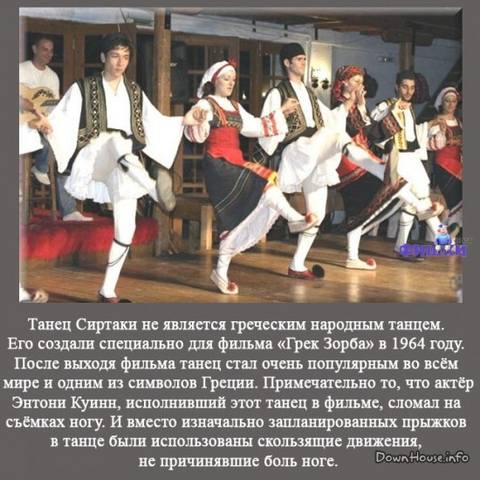 The performer has the opportunity to express himself. The zeibekikos dance in ancient times was accompanied by a demonstration of weapons.
The performer has the opportunity to express himself. The zeibekikos dance in ancient times was accompanied by a demonstration of weapons.
Kleftikos – partisan dance. It was used for recreation as well as for military training. The name comes from the word "klefty", that is, "partisans". This dance originated in ancient times - in the era when the Greeks were fighting with the Ottoman Empire.
Kalamathianos is one of the most popular in Greece. This is a type of sirtos. This dance was performed to songs. Most of them sang about the city of Kalamata, from which the name came.
Tsamikos - this dance has many variations. In different parts of Greece, it is performed in their own way. The movements of the dance, its style, form, spiritual component reflect the habits and characters of the inhabitants of each locality.
To be continued…
greekmos 2019-10-31T13:02:30+03:00Greek dance: the joy of movement - Greece today
Added: August 20, 2013 20:31
Dance is one of the oldest means of expression: in Greece, its origins go back to 1000 BC. e. Dance owes its origin to the need to express those feelings that cannot be expressed in words. It is inextricably linked with all aspects of human life: holidays, love, work, and even death. Dance is the voice of the soul, expressed by the movements of the body; it helps us express our personality, stimulates creativity and liberates.
Dance is not just a game, it is a ritual, which is one of the most vital aspects of the cultural wealth of any nation, a source of inspiration and creativity. Traditional dances are closely intertwined with the manners and customs of the Greeks. Folk Greek dances are exceptionally varied. They are divided into different categories depending on the purpose (love, military and religious), on gender (male, female and mixed), on the region (folk, local, island). In addition, dances are divided into fast, consisting of bouncing, and slow, with calm smooth movements.
In addition, dances are divided into fast, consisting of bouncing, and slow, with calm smooth movements.
For more than 7 years, the Greek Cultural Center (GCC) has been successfully operating the School of Greek Dance, where everyone is given a unique opportunity to get acquainted with the rich musical and dance traditions of Greece and learn how to dance the most popular national dances from different regions of the country. The repertoire of the GCC Dance Company includes more than fifty (50) dances from mainland and island Greece.
The purpose of the School is teaching based on the philosophy of movement, developing creativity and allowing a deeper understanding of the history of Greek dance. Fast, high-quality and effective training takes place in a warm and friendly environment and is designed for people of all ages. In addition to introducing students to Greek traditions, dance lessons aim to develop psychomotor abilities, aesthetic education and improve social communication skills.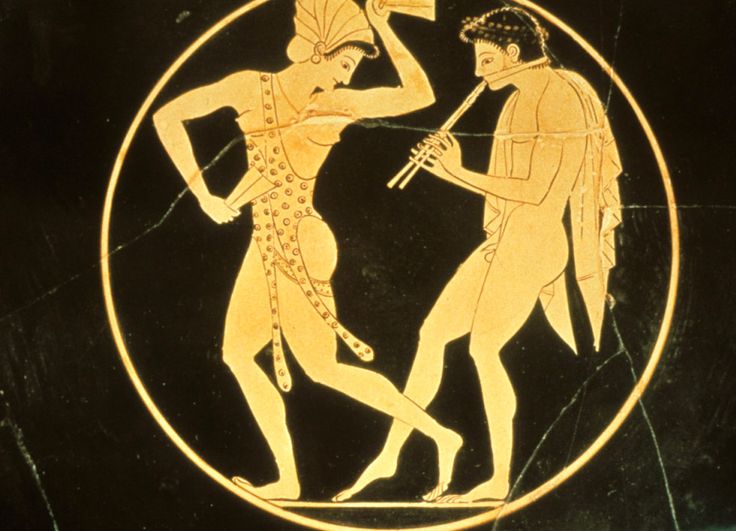 Dancing helps to reduce stress, develop a sense of rhythm, tone the muscular system, give movements plasticity and grace, and increase physical endurance.
Dancing helps to reduce stress, develop a sense of rhythm, tone the muscular system, give movements plasticity and grace, and increase physical endurance.
The ancient Greeks believed that dance is a gift from the gods to man, which makes it possible to forget all sorrows and make life more beautiful, filling it with joy and fun. This delightful art was revered by the ancient peoples throughout Hellas. And today, the art of dance, which has not lost its value, remains loved by many people. Dance ennobles our life and takes us to a beautiful mythical world, we just have to approach it with respect and love.
A few words about the most popular Greek dances.
Zeybekiko is a dance whose name comes from the Zeybeks, a people who inhabited Thrace. These people kept their customs and wore national costumes, emphasizing the purpose of severe military dances. The peculiarity of zeibekiko is that this dance is performed by one person; there are no steps in it, and its main figures are turns and squats. The dance is mostly performed by men, and it expresses melancholy and sadness.
The dance is mostly performed by men, and it expresses melancholy and sadness.
It is customary to dance Hasapiko, standing in one line and placing hands on the shoulders of neighbors. In this case, the steps alternate with figures. This dance served as the basis for the creation of the famous Greek dance sirtaki. According to one version, the history of the hasapiko dates back to the Byzantine period, when this military dance depicted a sword fight; according to another version, the dance owes its appearance to Greek butchers from Constantinople.
Kalamatianos is a folk dance belonging to the category of sirtos dances. It consists of 12 basic steps: the first seven are forward, and the remaining five are in place. This popular dance originated in the Peloponnese. Thanks to its pleasant rhythm and relatively simple steps, it is danced with pleasure by men and women throughout Greece.
Pontic dances are group dances performed by men and women standing in a circle and holding each other's wrists.



